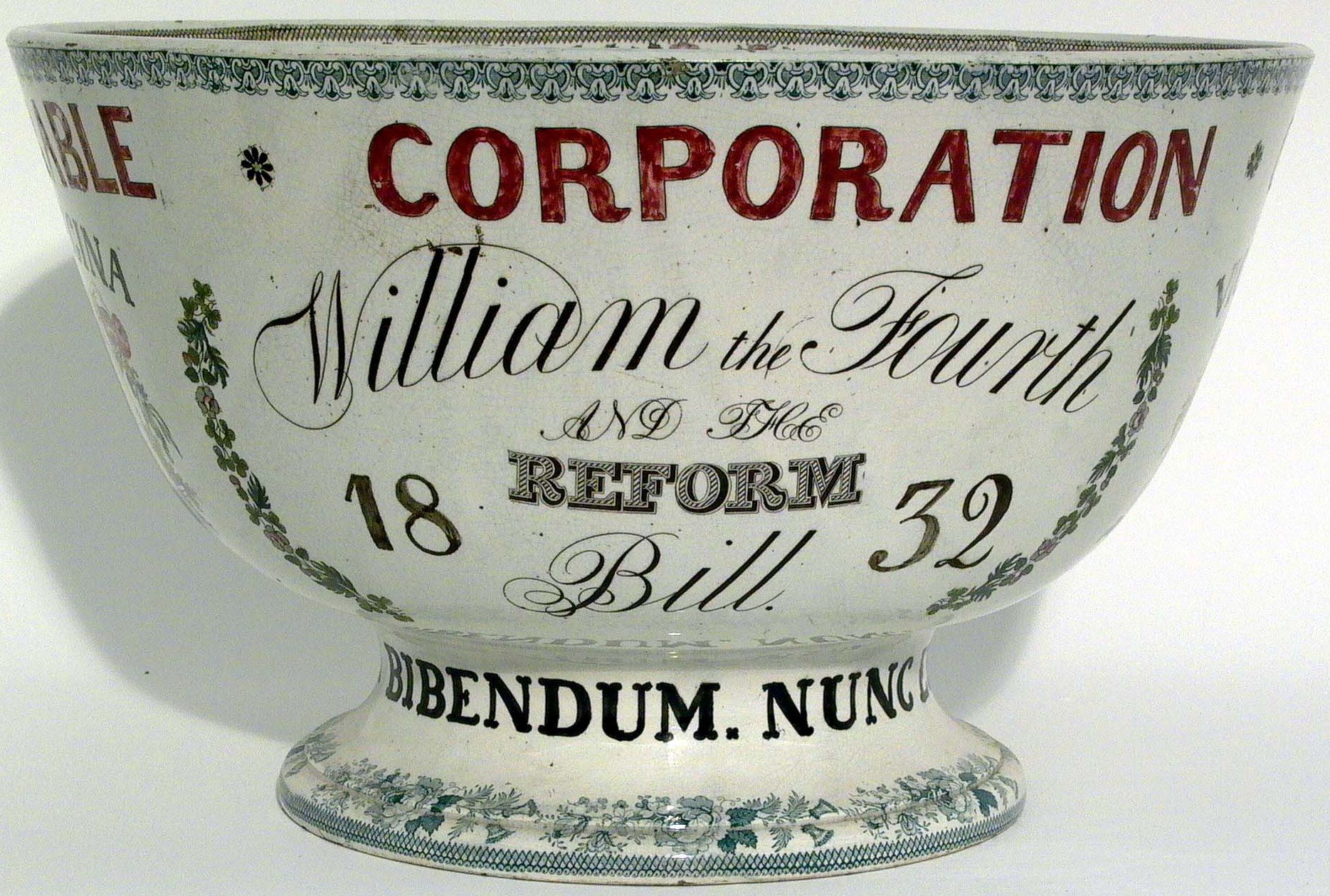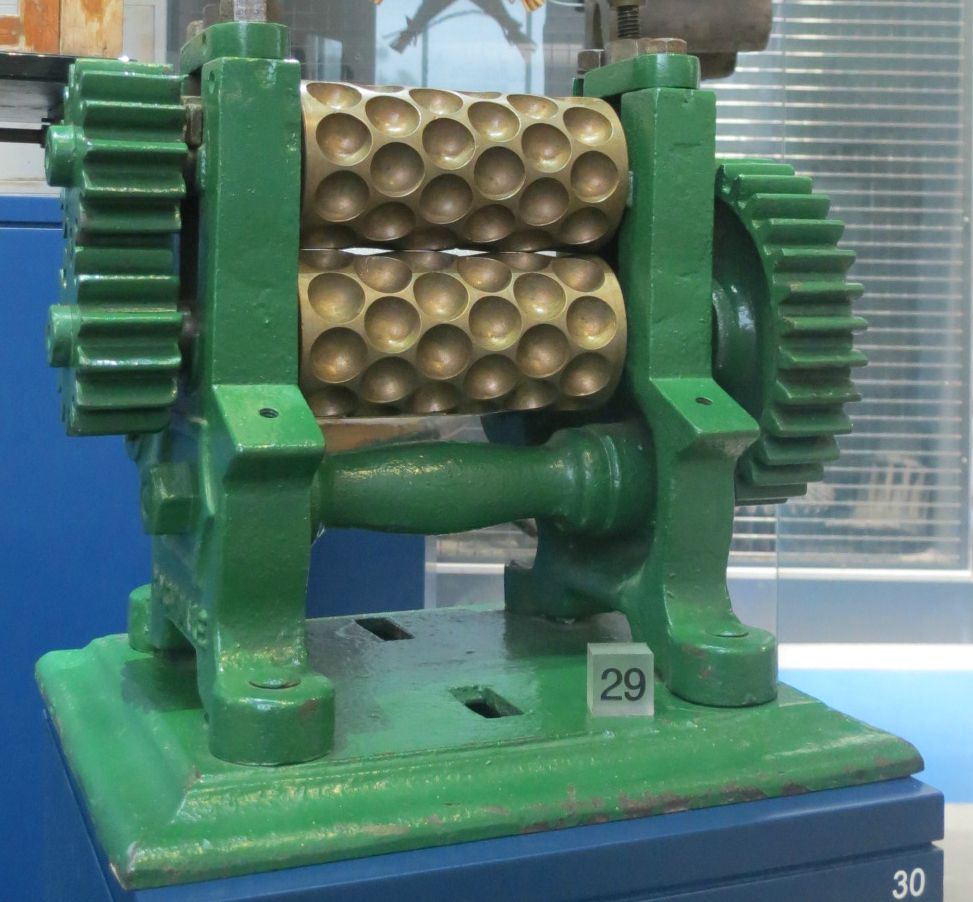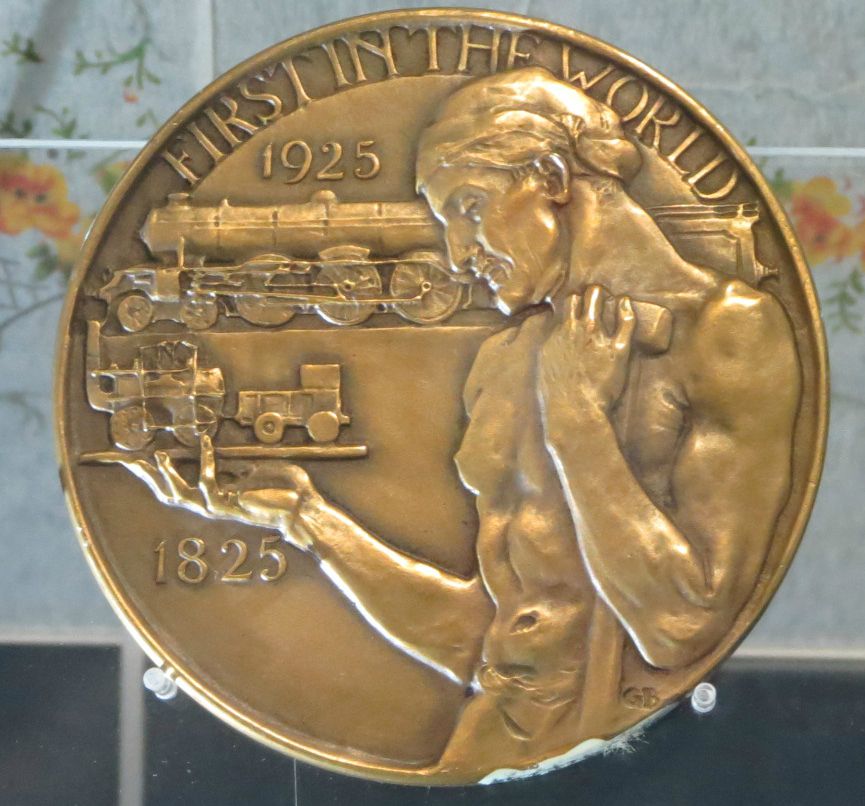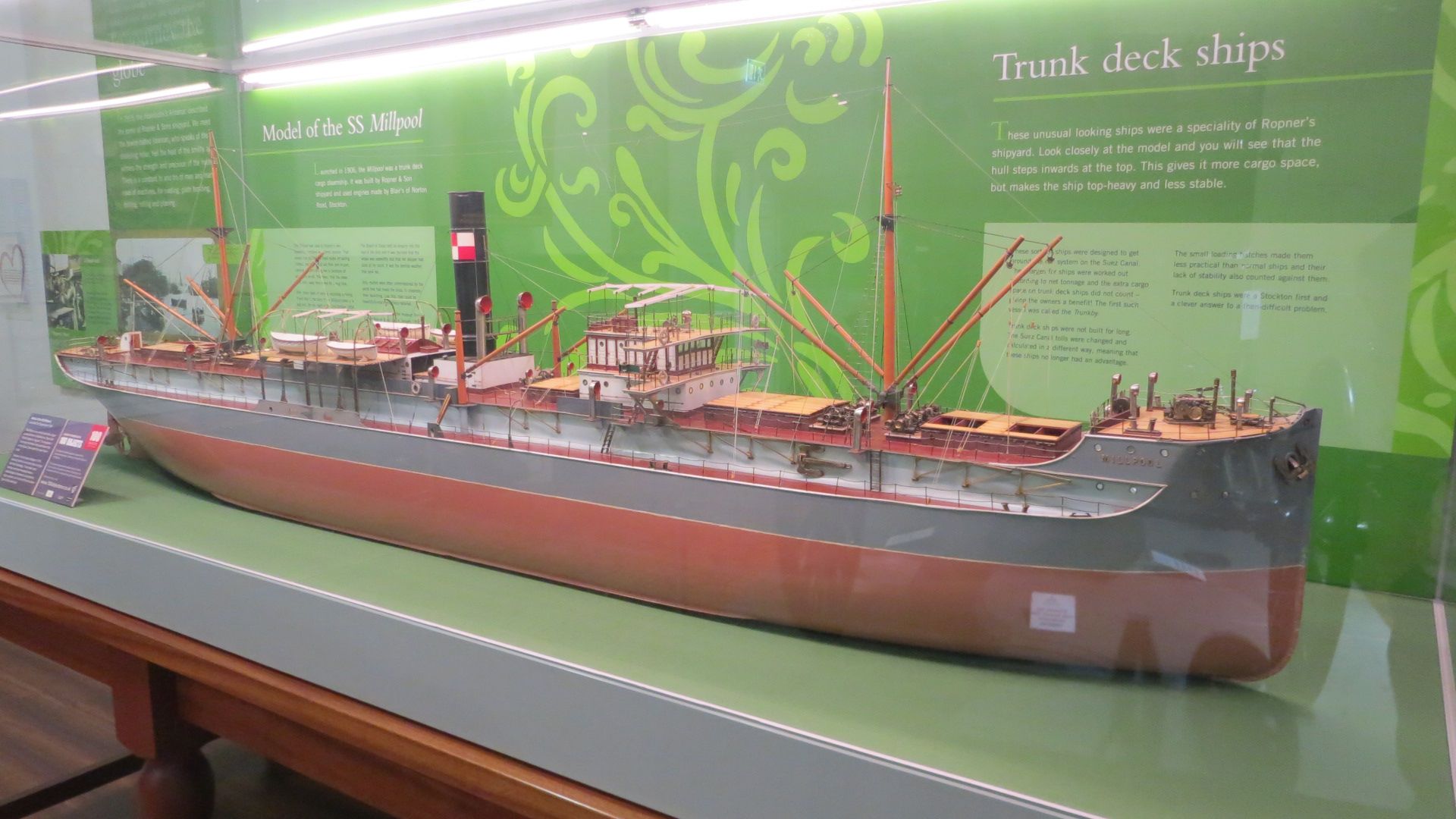The science and industry collection celebrates the rich industrial heritage within our region, mainly covering local and cottage industries. Including approximately 8,000 pieces, the collection perfectly represents Stockton’s industrial journey.
Some notable areas within the collection include chemical industries such as ICI, represented in objects used by the company and in archive material relating to it. We also have ship models and builders’ models, many of which represent the output of famous yards in and around the area. Some of the larger pieces include industrial machinery, such as the overhead crane and lathe from Brown’s Foundry, and some of the smaller pieces range from cobblers and saddlers tools to handmade cabinets and leather working.
When we think of Stockton’s industrial history, one of the most memorable events was the opening of the Stockton and Darlington Railway in 1825. The 26-mile railway ran across what is now the front of Preston Park, and the track-bed can still be seen today. As such a poignant part of our town’s history, the railway is represented within the collection and the displays.
A completely different yet equally well-known story in the science and industry world is the invention of the friction match by John Walker. Walker was a chemist who owned a shop on Stockton High Street, and it was there that he made his discovery. He did not patent the matches and therefore made little money from it.
Of course, we could not have a science and industry collection without including the past residents of Preston Hall, the Ropners. They made their wealth through shipping and shipbuilding on the Tees, and there were many other shipbuilders who operated on the river in this area. The collection touches upon their work and the impact it has had on the area over the years.
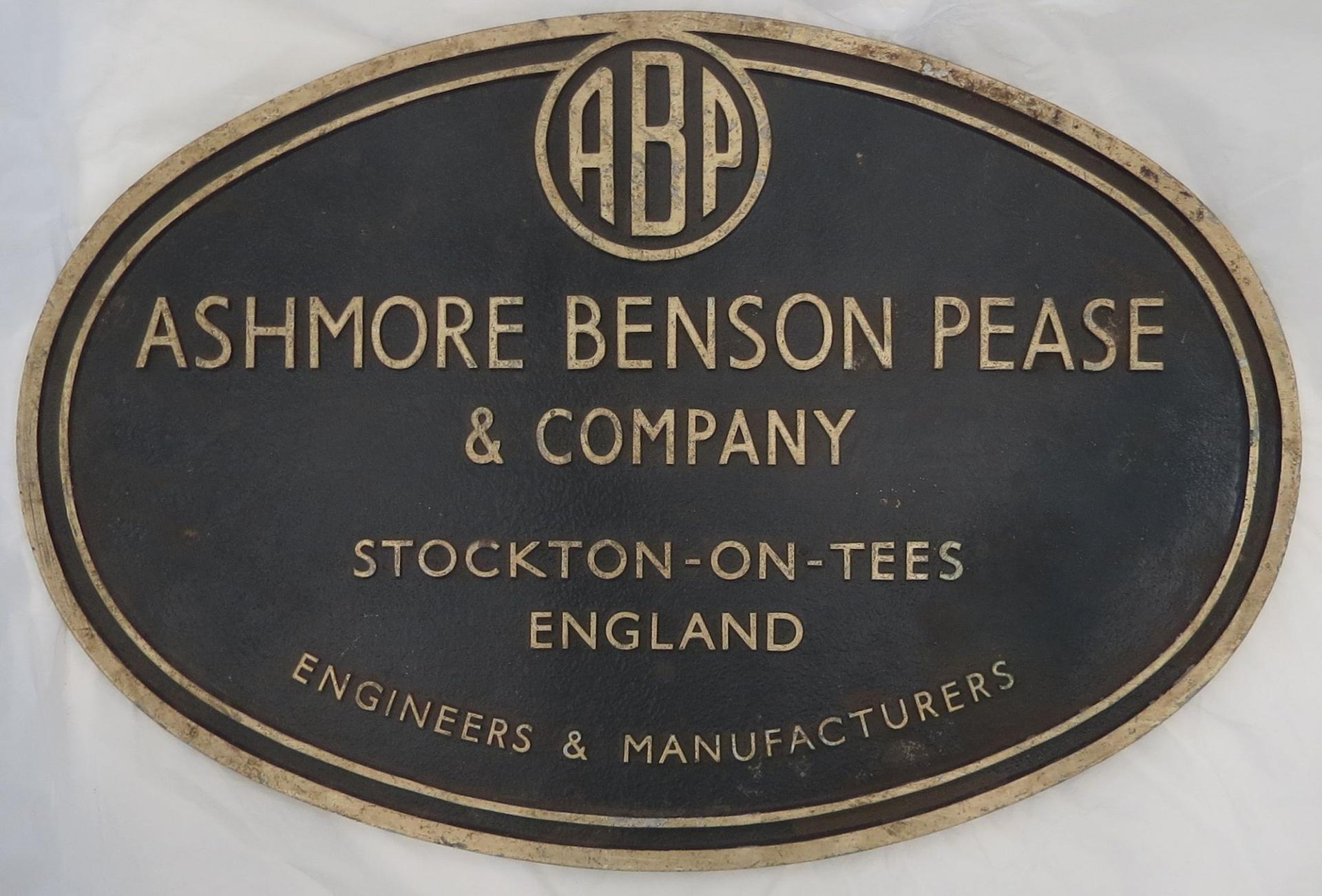
Ashmore Benson Pease and Company were an engineering and manufacturing firm based in Stockton. During the Second World War part of the company were based at Preston Hall, away from the industrial centre of the town.

